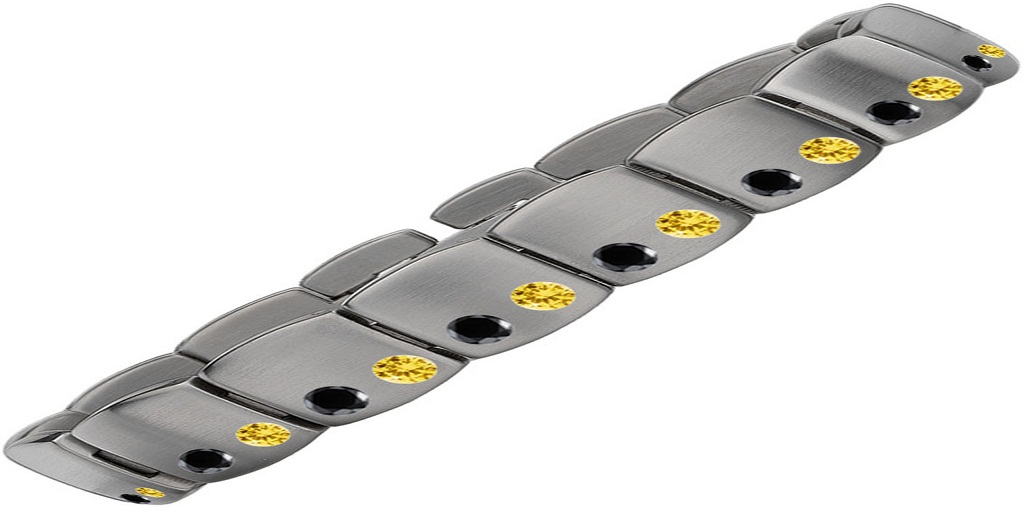
For those who have no idea what all the excitement is about magnetic bracelets, we’re here to explain it. To begin with, let’s speak about the rationale for wearing magnets on a bracelet. People think that the usage of magnetic fields, in the form of magnetic treatment, can benefit their health. An alternative treatment that aims to alleviate pain and improve general health is known as complementary and alternative medicine (CAM).
The usage of magnetic wristbands has been around for a long time, and magnets have been known to have therapeutic powers for many centuries. Magnetism was discovered for the first time around 600 BC, and the therapeutic properties of magnets were claimed to have thrilled Cleopatra at the time. However, it was not until the twentieth century that its complete knowledge and potential were realized. There are thousands of individuals in the globe today who claim that wearing a magnetic bracelet helps them feel better.
It has been argued that the primary suggested benefit of magnetic wristbands is that they are supposed to increase blood flow, which in turn has several additional benefits. It is not only the arms and wrists that are affected by increased blood flow but the entire body as well. If you want to improve your health and speed up your recovery after an accident, then you need to pay attention to this. Increased circulation also has the additional benefit of expediting the removal of pollutants from the body. It was claimed that you can wear a piece of magnetic jewelry on each arm if you wish to boost blood flow.
How to Properly Put on a Magnetic Bracelet
Magnetic jewelry is most effective when worn on the wrist, especially without any other objects getting in the way… When wearing the bracelet, it should be a snug fit, but not too tight that it becomes unpleasant. The magnets on the bracelet should be located on the inner side of the bracelet, allowing immediate access to your skin and pressure points through the inner side.
Bracelets with links and bangles are the most common forms of magnetic jewelry. If you choose a link bracelet, you will need to click it into position. You may also detach and put links to adjust your bracelet larger or smaller to match your wrist. A piece of magnetic jewelry is often constructed of copper or copper-plated steel, with magnets on either end. The magnets are normally adjustable, allowing the magnetic wristband to be customized to fit your wrist size.
The magnets in magnetic jewelry are completely safe, so even if you don’t have any health concerns, you may still wear one as a fashion statement. Visit Jeffrey Scott Fine Magnetics for the best when it comes to magnetic fashion bracelets. Magnetic wristbands come in a wide variety of forms and designs, so you are sure to find something that matches your tastes!


